Cinnamon Teal wasn’t the only species that was more numerous than usual at Bear River. Though we have seen terns on previous visits, they were more active than they have ever been when we’ve been here before. Leslie wanted me to get some shots of them, but that’s a lot easier said than done, especially using the 500mm lens with doubler mounted on the window sill.
The only way that setup would work was to set a high shutter speed and try to get shots in the distance. I got some shots that I liked, but these first shots are heavily cropped.
I liked how this shot revealed the tern’s aeronautic design.
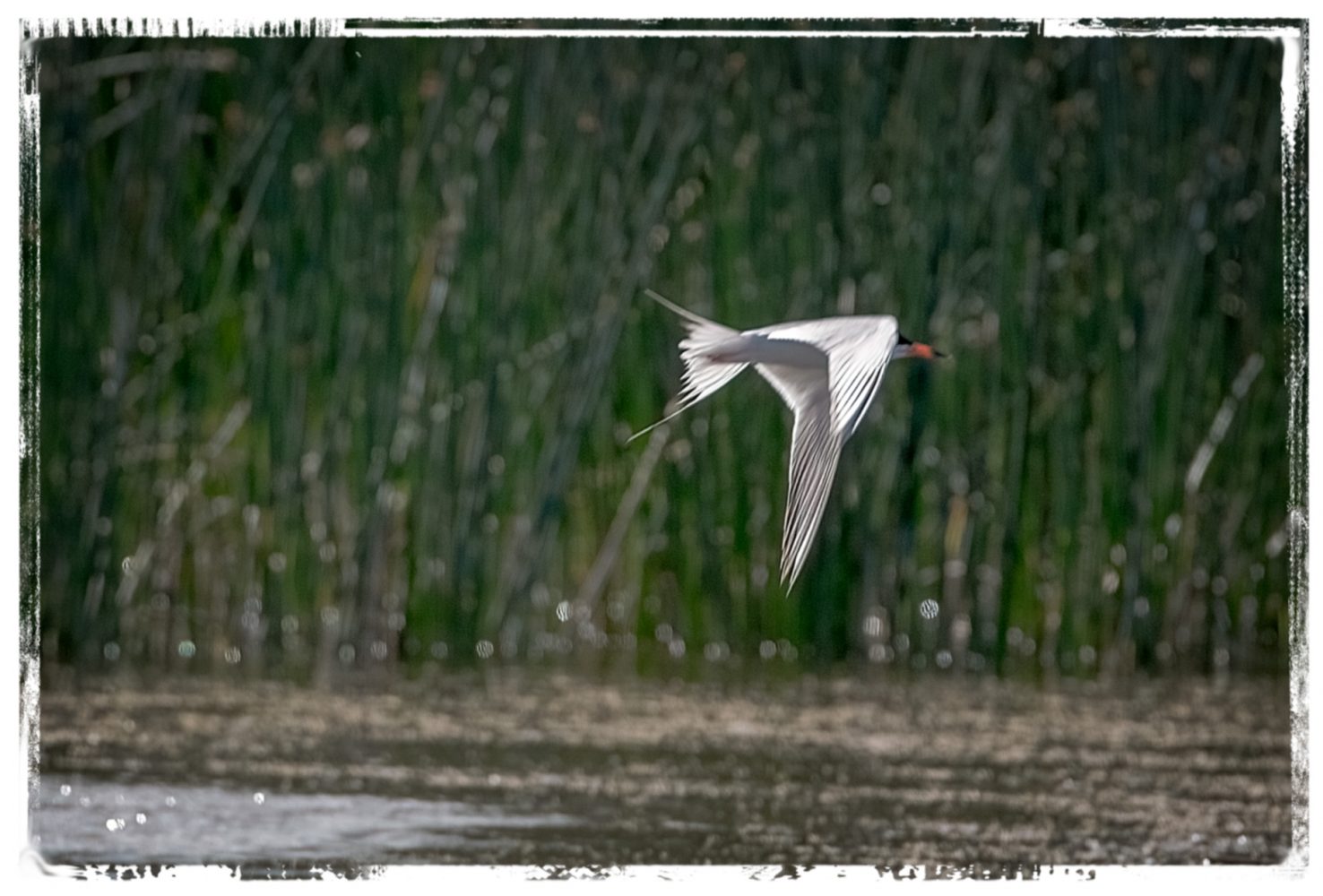
I’m not sure if these are Common Terns or Forster’s Terns. but Merlin identified it as a Forster’s Tern and since marshes are their common habitat, I am going to go with that identification. The Audubon society notes, though, that the two are so similar that Audubon and others first considered them the same species. It’s not surprising that I had a lot of trouble deciding what they were.
The birder in me may want to know what their name is, but when I was there their names seemed irrelevant. I simply admired their amazing speed and their ability to catch fish
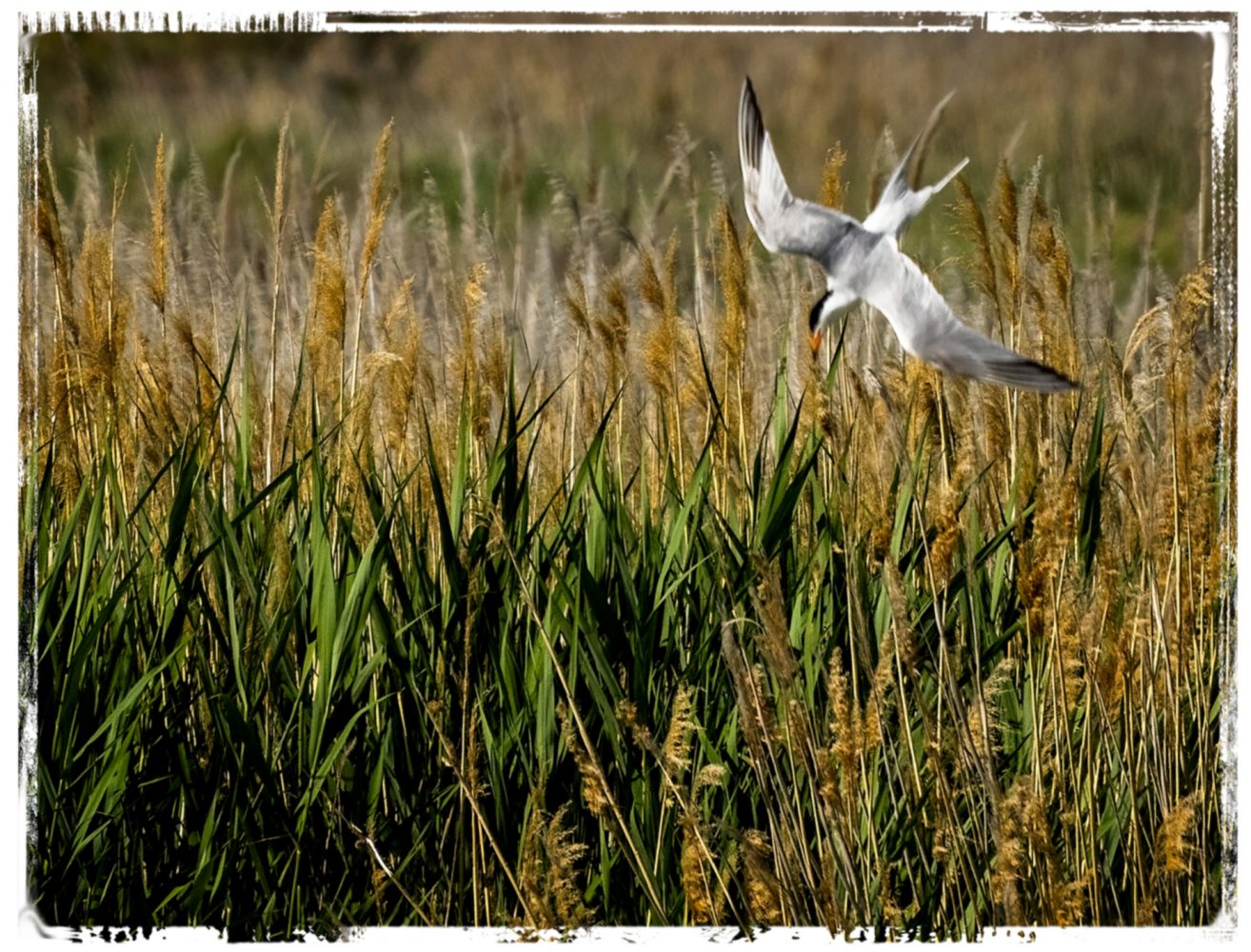
by plunging full speed into the pond.
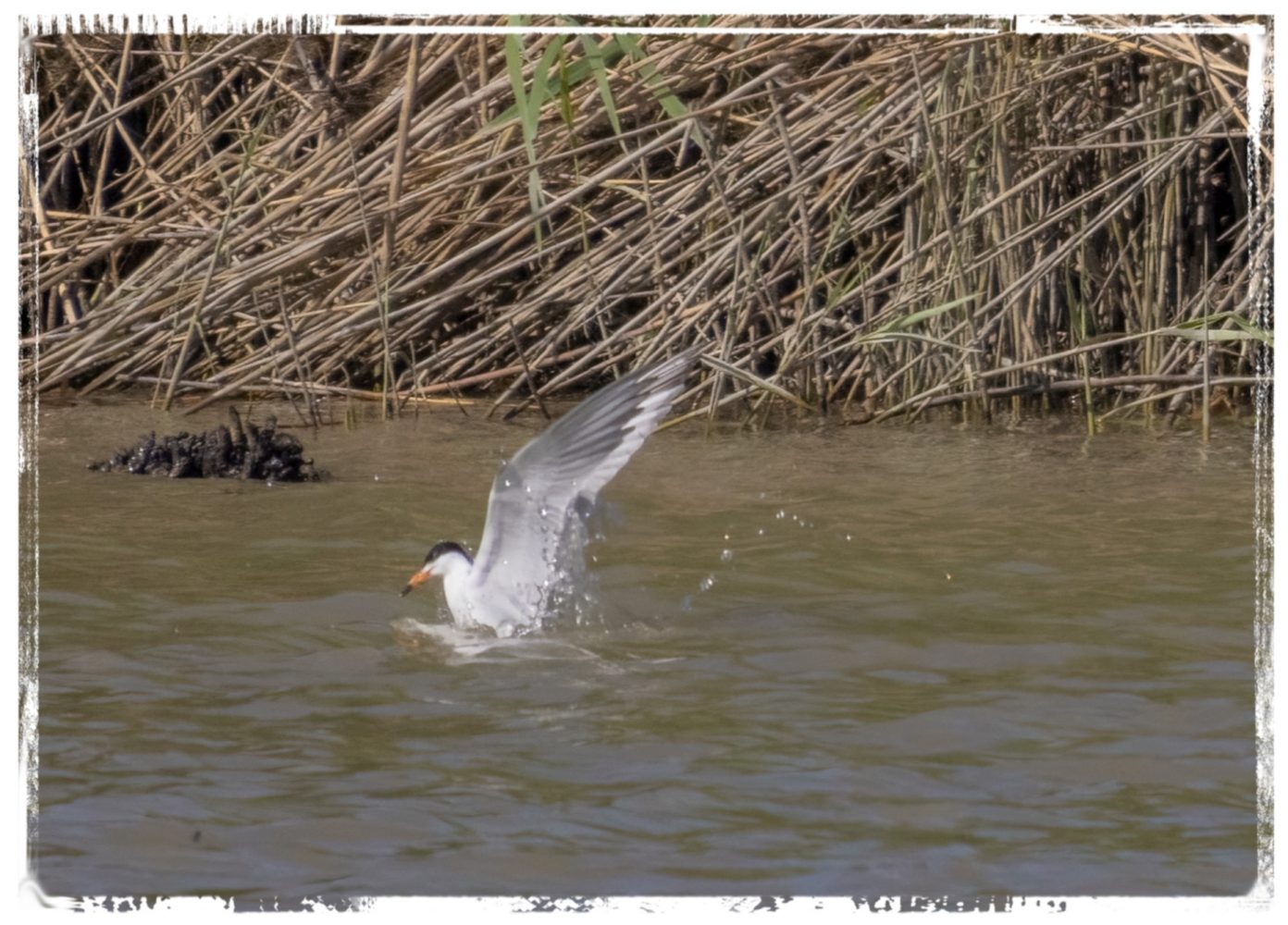
Occasionally I would even get lucky and get a shot like this that seems remarkably clear despite being heavily cropped.
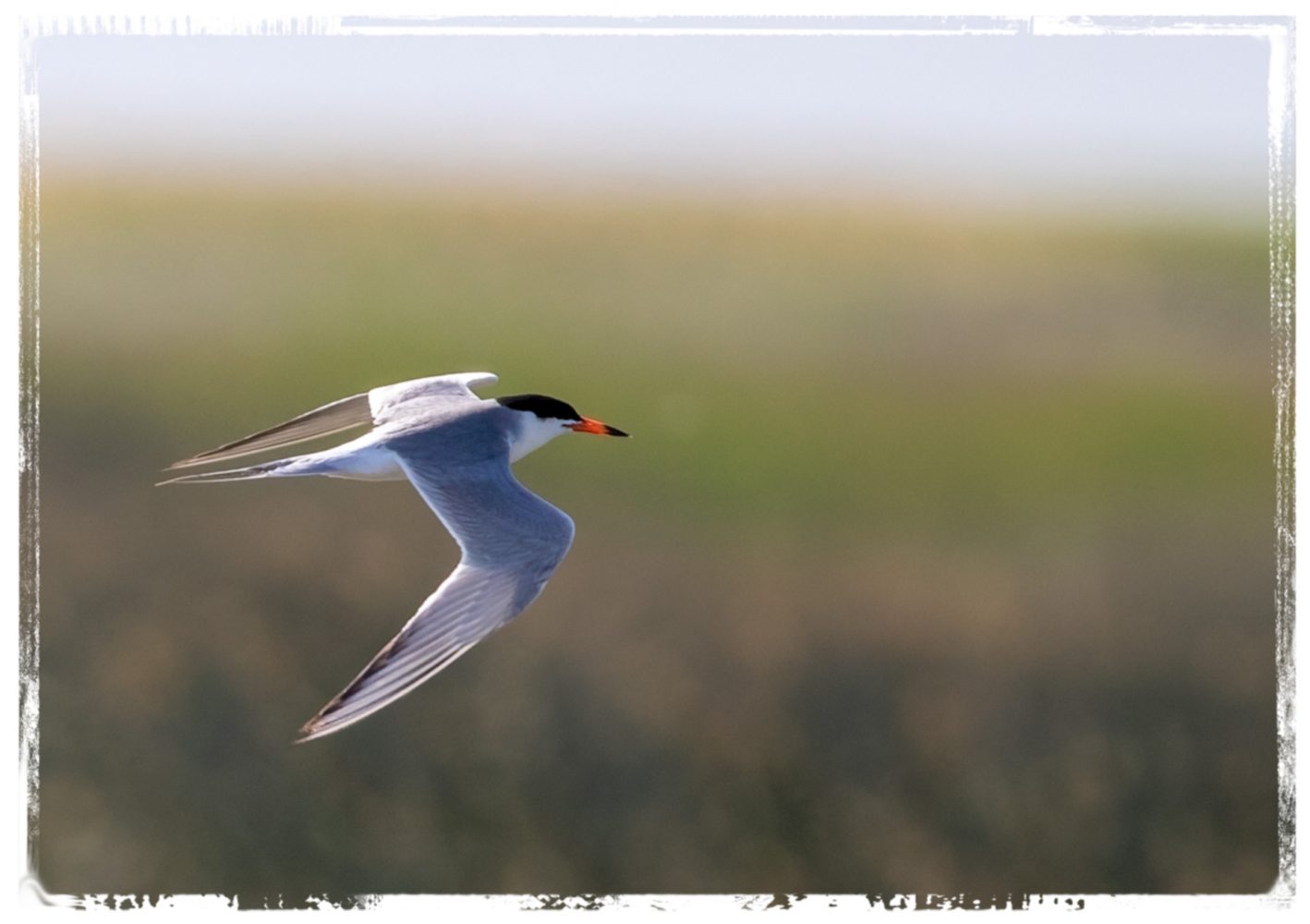
However, I ended up getting the best shots with the Canon EOS R5 that Leslie was using most of the time. Even with a 600 mm lens, it’s light enough to handhold. These last three shots required very little cropping because the terns were much closer.
I had hoped that one of the terns would be facing us while hovering, but this was the best shot I could get of one hovering, the easiest time to get a shot of them.
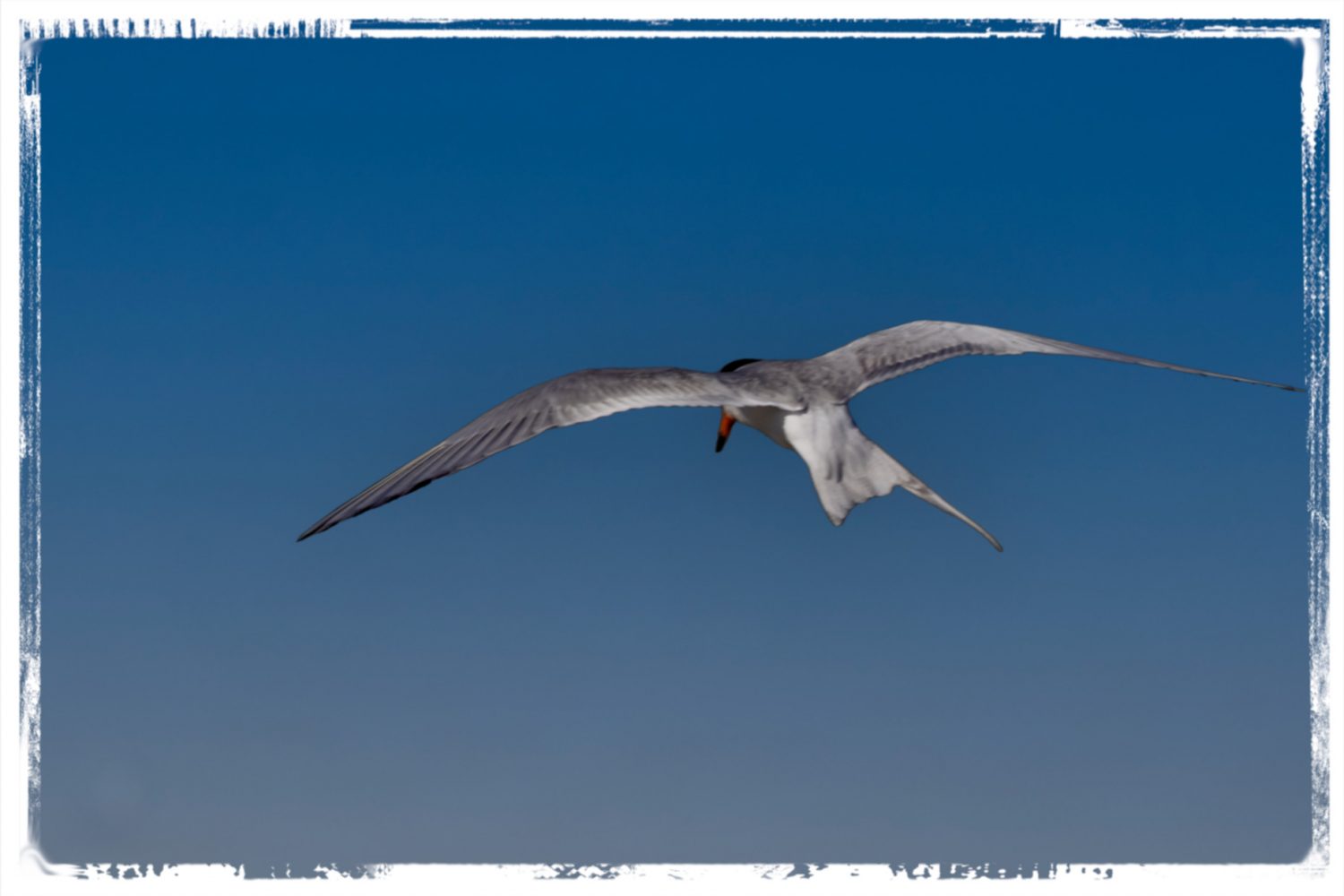
Except for the wing tip being out of frame, this was my favorite shot of the day. That’s probably because I’ve learned the hard way that it’s difficult to capture a closeup of a flying tern.
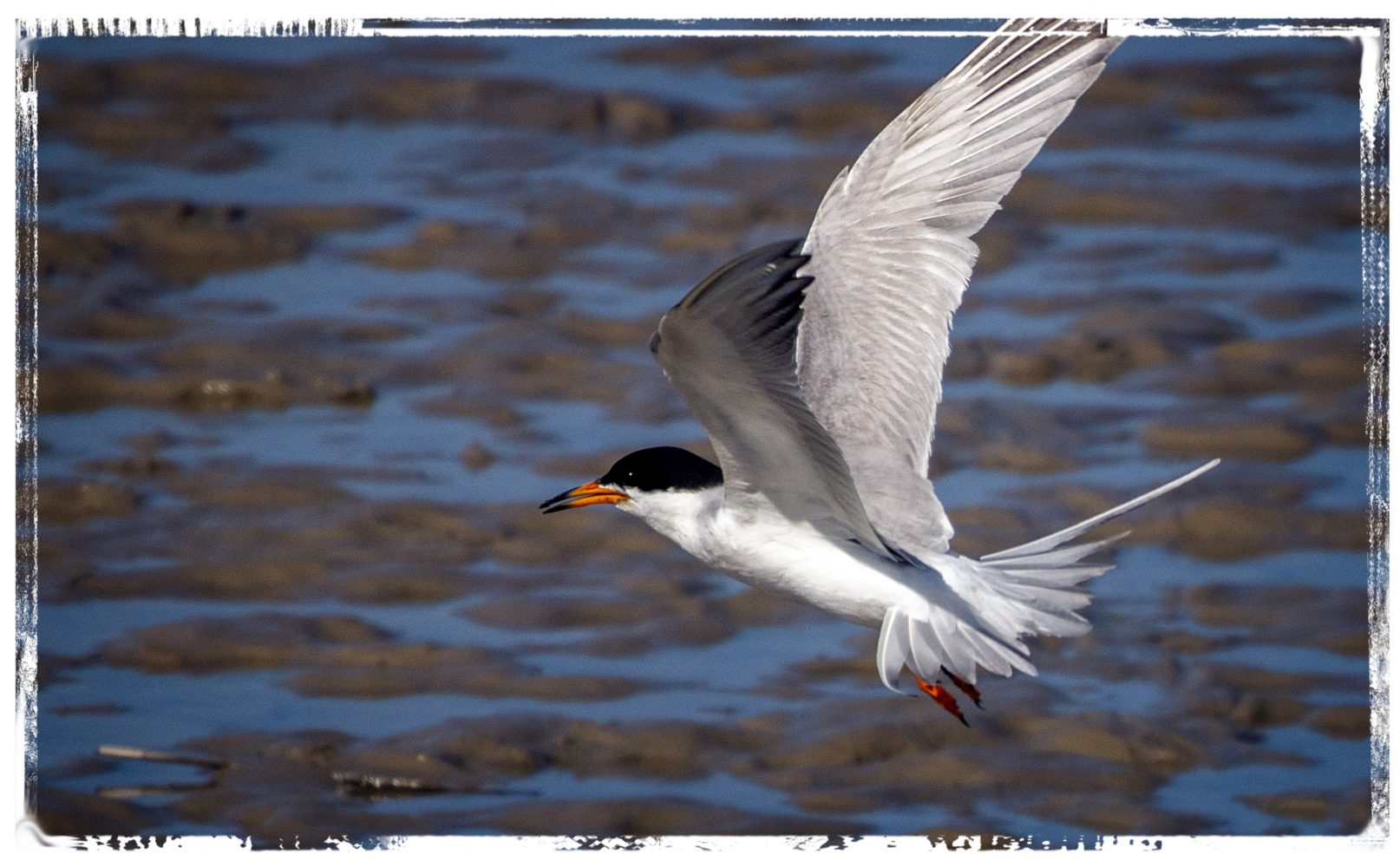
In fact, if your goal is simply to get a clear shot of a Forster Tern, your surest bet is to get a shot of one standing on the shore.
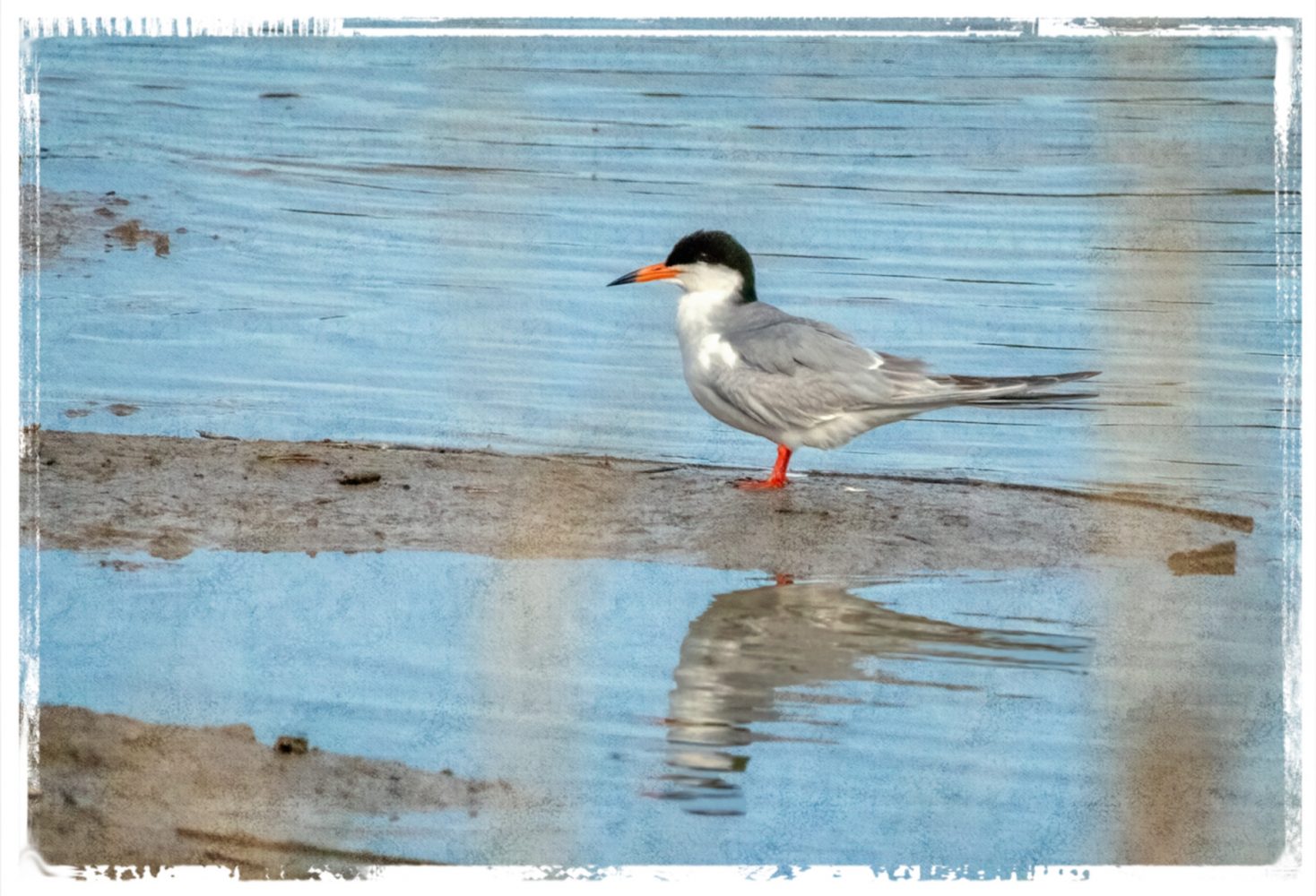
Unfortunately, this kind of shot doesn’t capture the tern’s most remarkable trait — their speed.
Perhaps to do that I should have included the many shots where unrecognizable parts of the terns disappear off the edges of the frame.
